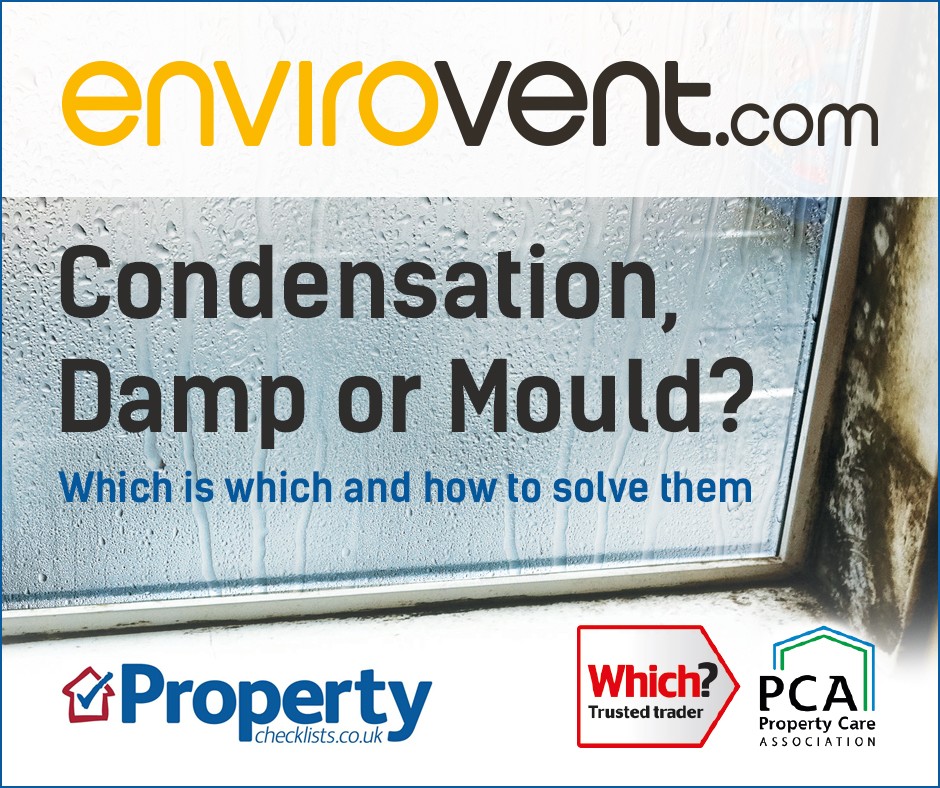
Damp is a very serious problem as it can lead to mould, which can in itself cause or exacerbate health problems, which can be particularly dangerous in vulnerable householders, such as the elderly, young children and babies, and those with respiratory conditions such as asthma.
If there is damp in a rental property, the landlord is legally obliged to get it fixed as it is considered a hazard under the Housing Health and Safety Rating System (HHSRS) and they could be fined if the problem remains unresolved.
Read how damp can devalue your property
There are two types of damp:
This is caused by water leaking into the property, and can be a result of:
All of these can result in water gradually seeping into the building and making the property damp.
Our guide to maintaining your property can help prevent some of the causes of penetrating damp.
This is caused by a faulty, or non-existent, damp proof course. The water from the ground rises up into the building and can be seen on the lower portion – usually about a metre – of the inside walls.
Read our checklist on identifying and solving rising damp:
| Identifying and solving rising damp |
 |
These problems can present themselves in a similar way to damp but have different causes. They appear as a result of moisture in the air, eg from poor ventilation in kitchens and bathrooms. To solve the issue, contact a specialist company such as Envirovent.
Read why mould is the biggest turn-off for homebuyers.
Establishing the cause and type of damp is a job for an expert, not your usual builder as, if they diagnose the issue incorrectly, they could prolong the issue or even make it worse.
Read our quick guide to property problems
You can read more about the problems of damp in our report for the TDS Charitable Foundation, How do we stamp out damp, condensation and mould in the private rented sector?
If you are concerned about damp, condensation or mould in your property, or one your rent, do get in touch and we will do our best to help.